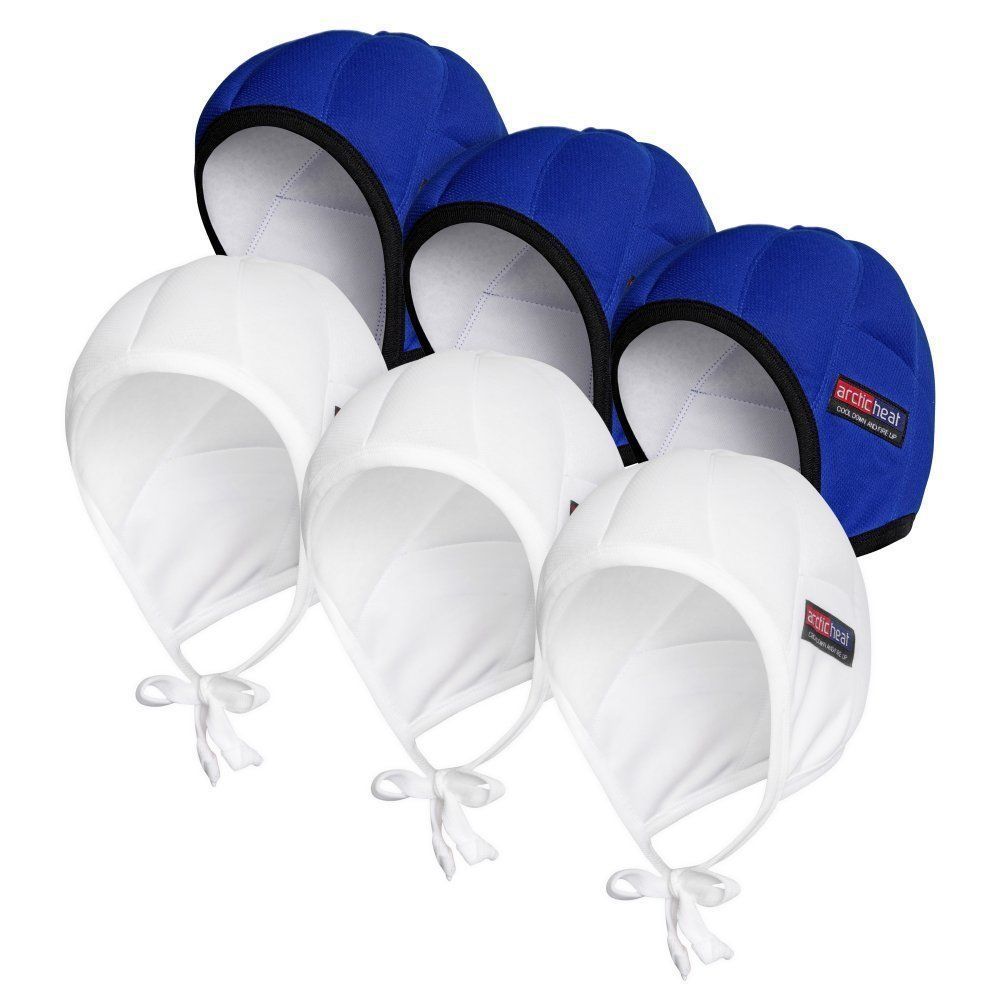Is Scalp Cooling Right for You?
Scalp cooling can be a powerful way to reduce hair loss during chemotherapy—but it's not suitable for everyone.
When Scalp Cooling May Not Be Recommended:
Scalp cooling may not be appropriate if:
- You are being treated for blood cancers such as luekemia, lymphoma, or melanoma.
- You’re receiving high-dose chemotherapy, which may reduce the effectiveness of scalp cooling.
- Your chemotherapy is administered continuously via a pump over several days.
- You have liver function issues that affect how your body processes chemotherapy.
- You experience severe migraines or are sensitive to cold.
Always consult your healthcare team to determine if scalp cooling is a safe and effective option for your treatment plan.
How Scalp Cooling Works
Scalp cooling helps to reduce blood flow to hair follicles during chemotherapy. This means fewer treatment drugs reach the scalp, which can help protect your hair. To be effective, the scalp must stay cool throughout the infusion process—from before chemotherapy begins to well after it ends.
Typical cooling times:
- Pre-treatment cooling: 45–60 minutes before chemotherapy
- During infusion: Continuous cooling
- Post-treatment cooling: 45–60 minutes after chemotherapy ends
What to Expect During Treatment
- You may feel cold during the process, so wearing warm clothing and drinking warm beverages is recommended.
- Some people experience mild headaches or discomfort, especially in warm weather.
- While wearing the Arctic Heat Cooling Cap, you can usually move around freely—unlike machine-based cooling systems, which require you to stay in place.
- Caps need to be replaced every 1 to 1.5 hours to maintain effective cooling, so stay nearby your treatment area for quick cap changes.
Effectiveness of Scalp Cooling
Scalp cooling has helped many people keep more of their hair during chemotherapy. However, results vary. Some people may experience:
- Minimal to moderate hair thinning
- Delayed or patchy hair loss
- Regrowth beginning a few weeks after treatment ends
Keep in mind, this process only protects hair on the scalp—not facial or body hair. Hair that is lost during treatment typically begins to regrow within 3 to 6 months, though it may have a different texture or color at first.
Using the Arctic Heat Cooling Cap: Preparation & Tips
Getting Started:
- Activate the Cap: Soak in water for 5–10 minutes until internal crystals expand into a gel (firm but not overfilled).
- Remove Excess Water: Gently twist the cap to drain, then towel dry both inside and out.
- Dry Thoroughly: Hang the cap inside-out in a ventilated area until completely dry.
- Freeze: Once dry, place caps in the freezer for 2–3 hours before use, ensuring a plastic bag or similar is placed inside between the walls of the cap to prevent the cap from freezing to itself.
- Transport: Keep caps in a cooler bag with ice packs en route to treatment.
During Chemotherapy:
- Start Pre-Cooling: 45–60 minutes before your infusion.
- Change Caps Regularly: Replace every 1 to 1.5 hours to maintain the correct temperature.
- Continue Post-Cooling: 45–60 minutes after chemotherapy ends.
- Use 2–5 caps per session depending on your treatment length.
Helpful Advice:
- Avoid washing, blow-drying, or dyeing your hair a few days before and after each treatment.
- Store activated caps by hanging in a ventilated space— never refrigerate them in gel form.
- If storing long-term, let caps fully dry out into their original crystal state, then reactivate as needed.
- Hand wash with mild soap and warm water; hang to dry.
- A few gel beads may appear—simply wipe them away.
Who Can Benefit Most?
Scalp cooling is generally suitable for individuals undergoing chemotherapy for solid tumor cancers such as:
- Breast
- Ovarian
- Prostate
- Lung
- Colorectal
…and more.
However, it is not advised for those with blood cancers or existing scalp metastases. Always speak to your doctor or oncology nurse before starting any scalp cooling treatment.


